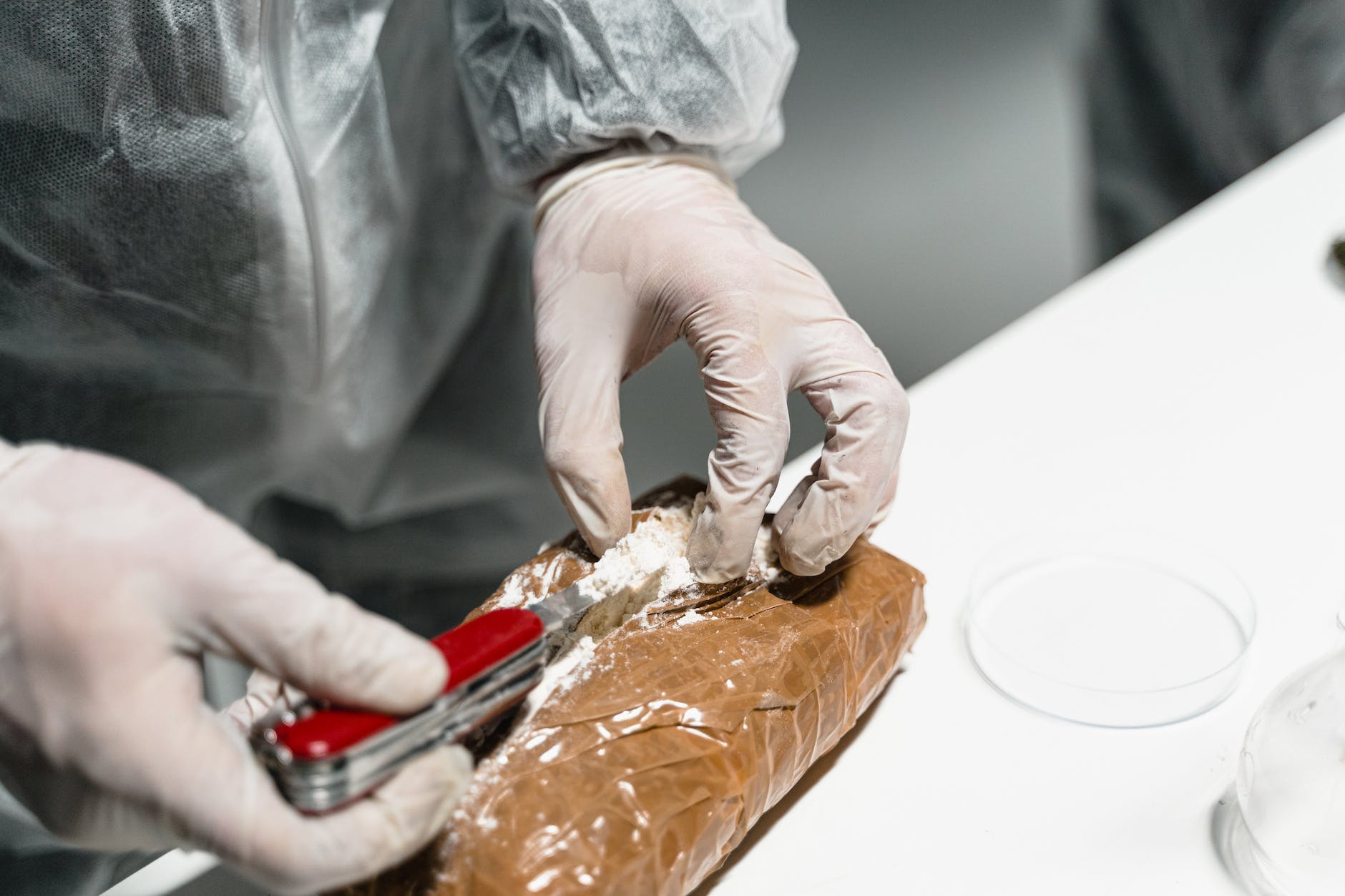Understanding DNA Evidence in Criminal Cases: A Guide for Prosecutors
Discover the vital role of DNA evidence in criminal cases. Learn how prosecutors can effectively present forensic evidence, navigate challenges, and secure convictions.
The Impact of Genetic Diversity on Forensic DNA Mixture Analysis: Challenges and Solutions
Discover how genetic diversity impacts forensic DNA mixture analysis accuracy and explore strategies to reduce errors in criminal investigations.
New Enzyme Revolutionizes Forensic DNA Analysis by Reducing Stutter
Discover how Promega's novel enzyme reduces stutter in forensic DNA analysis, enabling more accurate and faster DNA profiling in criminal investigations.
AI Revolutionizes PCR: Smart Thermocyclers in DNA Profiling
Discover how AI is transforming PCR analysis and revolutionizing DNA profiling, from forensic science to clinical diagnostics. Read more on AI-driven PCR advancements.
Importance of Denaturing & Snap Cooling in Capillary Electrophoresis
Learn why denaturation and snap cooling are essential for accurate DNA analysis in capillary electrophoresis. Explore their mechanisms and applications in genetic studies and forensic…
Alternative High DNA-Yielding Bone Types for Aged Skeletal Remains
Discover alternative bones for DNA extraction from aged skeletal remains. Learn how calcanei, tali, and femurs compare to petrous bones in terms of DNA yield…
A Comprehensive Exploration of STR Analysis
Explore the intricacies of STR analysis in DNA profiling, a cornerstone of forensic science. Learn about its applications, challenges, and future advancements.
Sequencing: A Deep Dive into the History of DNA Techniques
Explore the transformative journey from Sanger to nanopore DNA sequencing, highlighting breakthroughs that have reshaped genetic research and medicine.
Ancient DNA: Unraveling the Mystery of Chinese Emperor Wu
Discover how researchers reconstructed the face of Emperor Wu of the Northern Zhou dynasty using advanced DNA techniques, shedding light on the physical and health…
Exploring Next-Generation Sequencing (NGS) Technologies
Explore the transformative power of Next-Generation Sequencing (NGS) technologies in genomic science, offering rapid, cost-effective insights into DNA and RNA, and shaping the future of…
Revolutionizing Crime Scene Investigations with Innovative Touch DNA Analysis
Researchers at the University of New Hampshire have developed a revolutionary and cost-effective method for analyzing touch DNA, simplifying forensic investigations and protecting the innocent…
The Dawn of a New Era in Forensic Science: Embracing Next Generation Sequencing
Learn about its first court approval in a U.S. trial, its role in solving a double homicide case in Kern County, and its potential to…
Unmasking DNA Extraction Challenges in Illicit Drug Analysis
In the realm of forensic science, a recent study has spotlighted the complexities of DNA extraction from illicit drug-related powders. Published in "Forensic Science International:…
The First Complete Sequence of the Human Y Chromosome
Explore the groundbreaking achievement of sequencing the human Y chromosome and its implications for genetics, evolution, and population genetics.
Breakthrough in Solving a Cold Case Homicide: The Long-Awaited Closure
Read the incredible story of how a cold case homicide from 1981 was finally solved using cutting-edge DNA technology and forensic genealogy.
Touch DNA Analysis: Advantages, Limitations, and Best Practices
Discover the power of touch DNA analysis in forensic investigations. Learn about its advantages, limitations, and best practices for successful DNA evidence collection.
Unlocking the Secrets of the Gilgo Beach Murders through Mitochondrial Analysis
Mitochondrial analysis, a breakthrough forensic tool, played a crucial role in linking suspect Rex Heuermann to the Gilgo Beach murders. This in‑depth review explains how…
New Software Revolutionizes DNA Evidence Analysis in Forensic Labs
Explore how the new version of DBLR™ software, in conjunction with STRmix™, is revolutionizing DNA evidence analysis in forensic laboratories worldwide. Discover the features and…
The Pioneering Journey of Kirk Bloodsworth: A Landmark in DNA Exoneration
Discover how Kirk Bloodsworth's case revolutionized the criminal justice system and inspired reform efforts to address wrongful convictions.
Entire DNA of Pompeii Victim 2,000 Years Ago Sequenced by Scientists
Discover how scientists successfully sequenced the entire DNA of a Pompeii victim, shedding light on genetic diversity and health conditions in ancient times. Explore the…
























